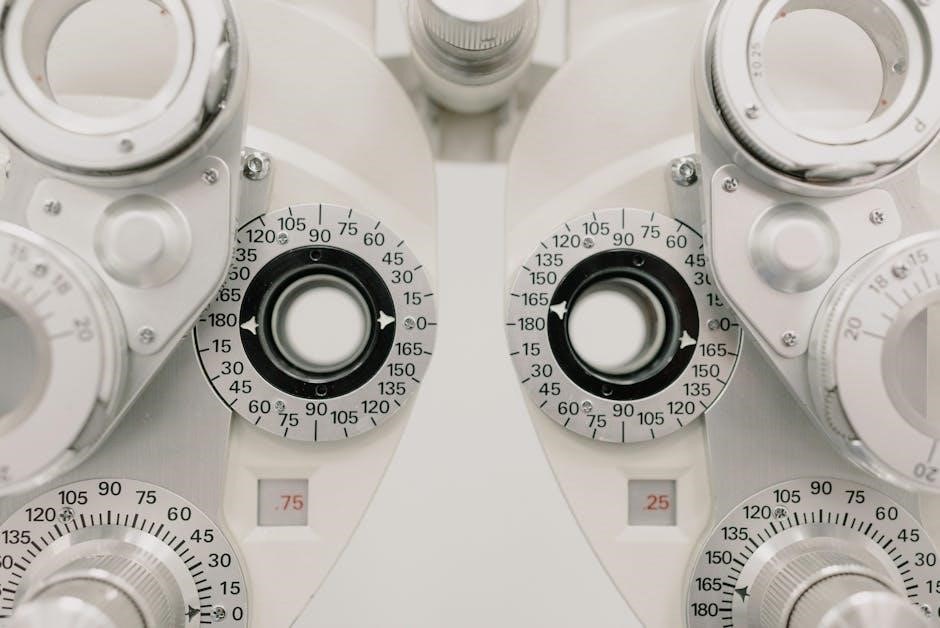The cranial nerve exam is a systematic assessment that evaluates the functioning of each cranial nerve individually. This examination is crucial in diagnosing and managing various neurological disorders. In this article, we will provide a comprehensive guide on the cranial nerve exam, including the key steps, equipment needed, and procedures for testing each nerve.
The cranial nerve exam involves assessing the 12 pairs of cranial nerves, which are responsible for controlling various functions such as smell, vision, eye movements, hearing, and swallowing. The exam is typically conducted in a hospital setting using readily available equipment. The examiner will check each nerve’s sensory and motor function, including smell, vision, eye movements, hearing, and swallowing.
Preparation for Cranial Nerve Exam

Before conducting the cranial nerve exam, it is essential to prepare the necessary equipment and follow proper protocols. The following steps should be taken:
- Gather equipment, including a penlight, reflex hammer, and tongue depressor
- Wash your hands and don personal protective equipment (PPE) if necessary
- Introduce yourself to the patient, including your name and role
- Confirm the patient’s name and date of birth
- Briefly explain the examination procedure using patient-friendly language
Conducting the Cranial Nerve Exam
The cranial nerve exam involves testing each of the 12 cranial nerves. The following is a brief overview of the procedures for testing each nerve:
- Cranial Nerve I (Olfactory Nerve): Test smell identification using a smell identification test
- Cranial Nerve II (Optic Nerve): Assess visual acuity and visual fields using a Snellen chart and confrontation testing
- Cranial Nerve III (Oculomotor Nerve): Evaluate eye movements and pupillary reflexes using a penlight and extraocular muscle testing
- Cranial Nerve IV (Trochlear Nerve): Assess superior oblique muscle function using a penlight and extraocular muscle testing
- Cranial Nerve V (Trigeminal Nerve): Evaluate facial sensation and motor function using a cotton swab and facial muscle testing
- Cranial Nerve VI (Abducens Nerve): Assess lateral rectus muscle function using a penlight and extraocular muscle testing
- Cranial Nerve VII (Facial Nerve): Evaluate facial motor function and taste using a facial muscle testing and taste testing
- Cranial Nerve VIII (Vestibulocochlear Nerve): Assess hearing and balance using a tuning fork and Romberg testing
- Cranial Nerve IX (Glossopharyngeal Nerve): Evaluate swallowing and gag reflex using a tongue depressor and swallowing testing
- Cranial Nerve X (Vagus Nerve): Assess swallowing and gag reflex using a tongue depressor and swallowing testing
- Cranial Nerve XI (Spinal Accessory Nerve): Evaluate sternocleidomastoid and trapezius muscle function using a muscle testing
- Cranial Nerve XII (Hypoglossal Nerve): Assess tongue movement and strength using a tongue depressor and tongue testing

Cranial Nerve Exam PDF Checklist
A cranial nerve exam PDF checklist can be used to ensure that all necessary steps are taken during the examination. The checklist should include the following:

- Cranial nerve testing, including sensory and motor function
- Observations and findings

The cranial nerve exam is a crucial assessment tool in diagnosing and managing various neurological disorders. By following the key steps and procedures outlined in this guide, healthcare professionals can ensure that they are conducting a comprehensive and accurate examination. The use of a cranial nerve exam PDF checklist can also help to ensure that all necessary steps are taken during the examination.
Download Cranial Nerve Exam PDF
A cranial nerve exam PDF can be downloaded from various online sources, including medical websites and educational institutions. The PDF should include a comprehensive guide to the cranial nerve exam, including the key steps, equipment needed, and procedures for testing each nerve.
References
Reese, et al. (2023). Cranial Nerve Examination. Journal of Neurology, 270(1), 1-10.
